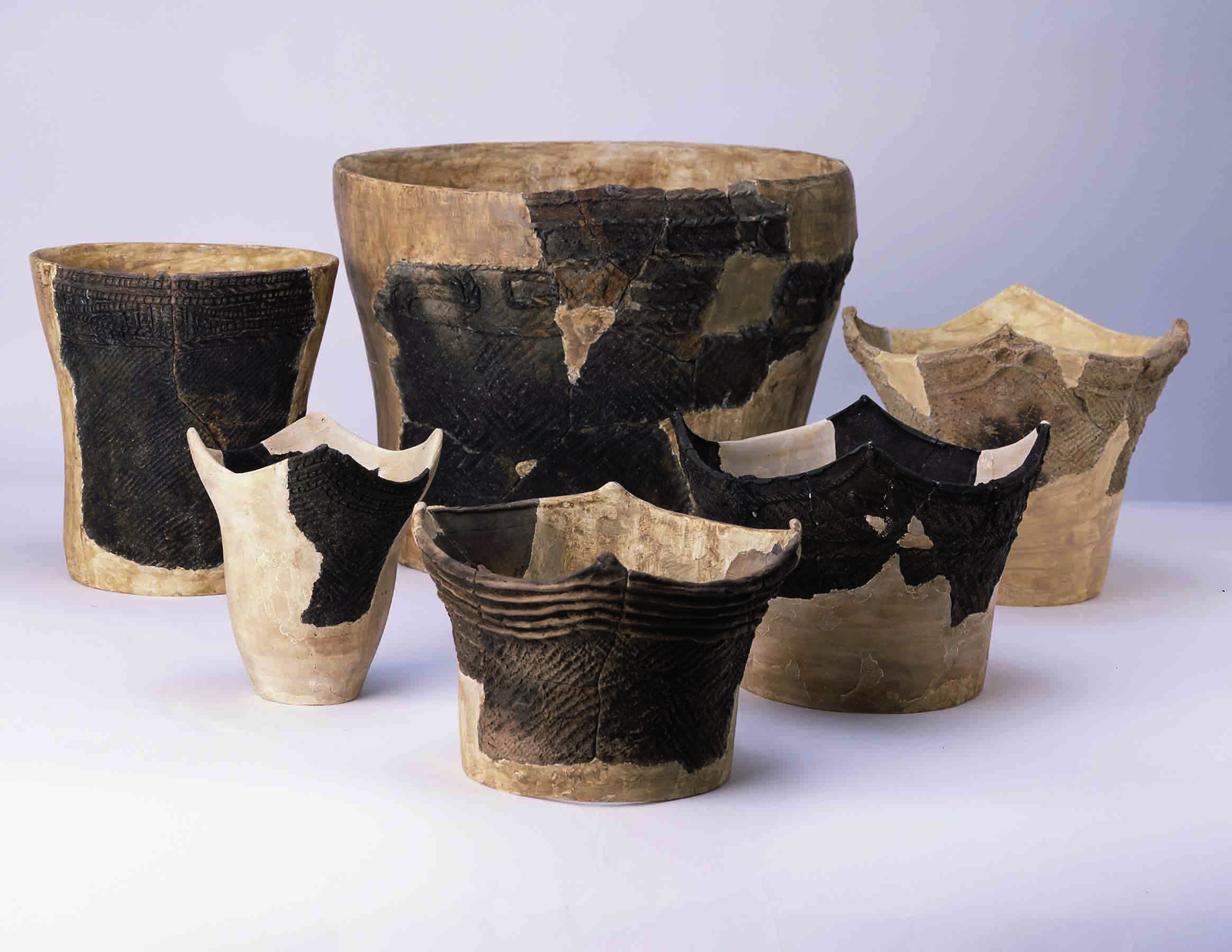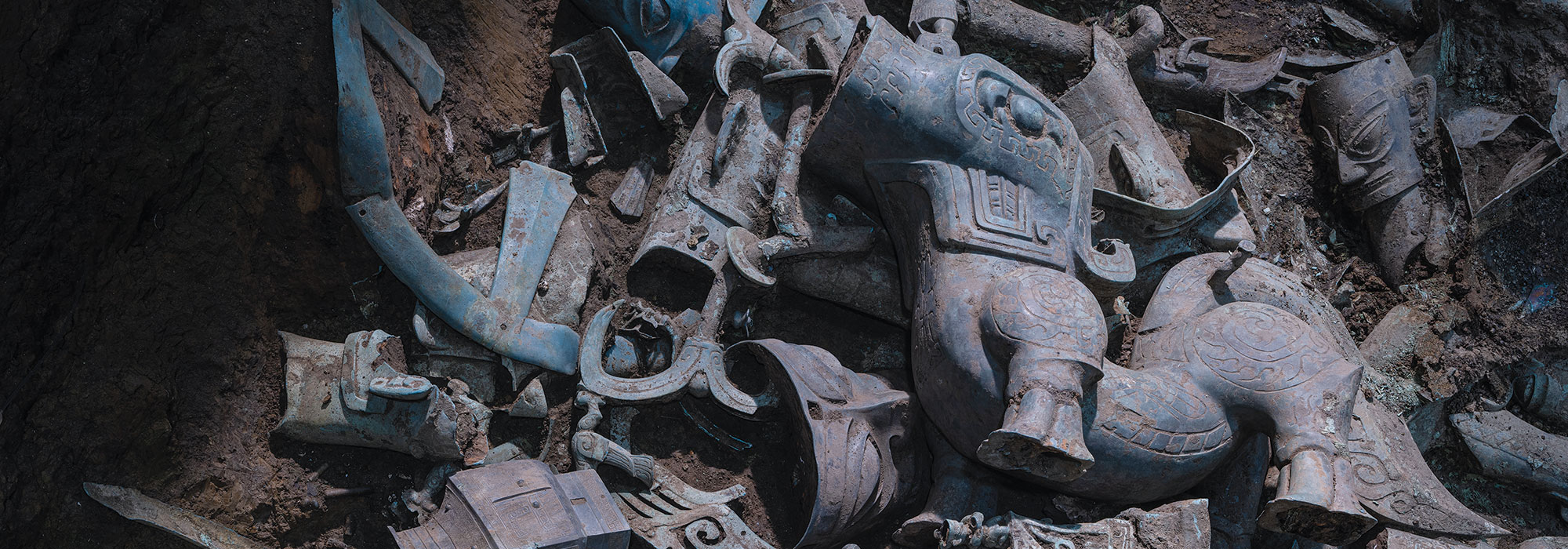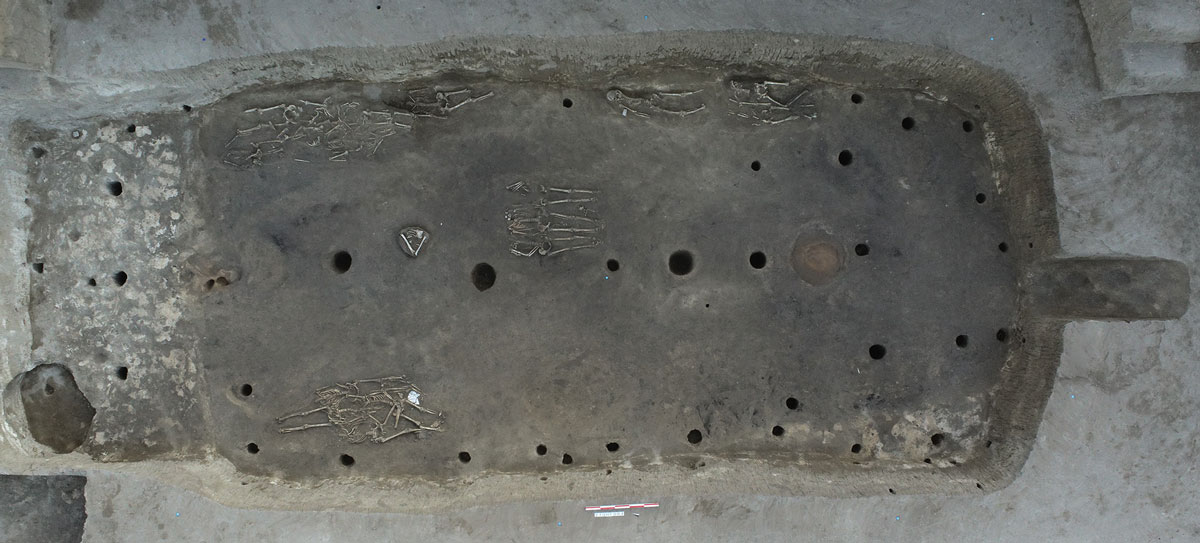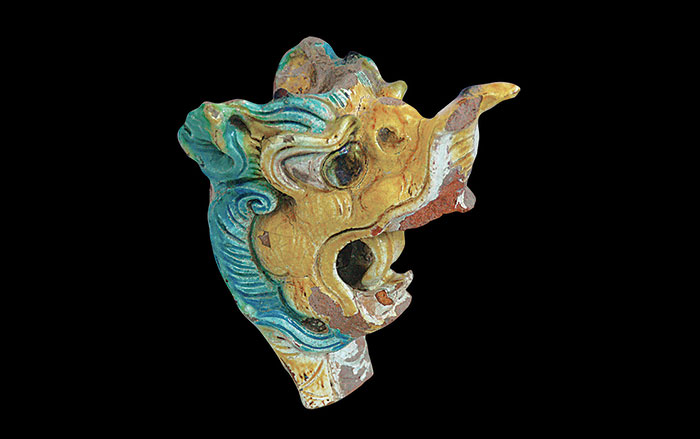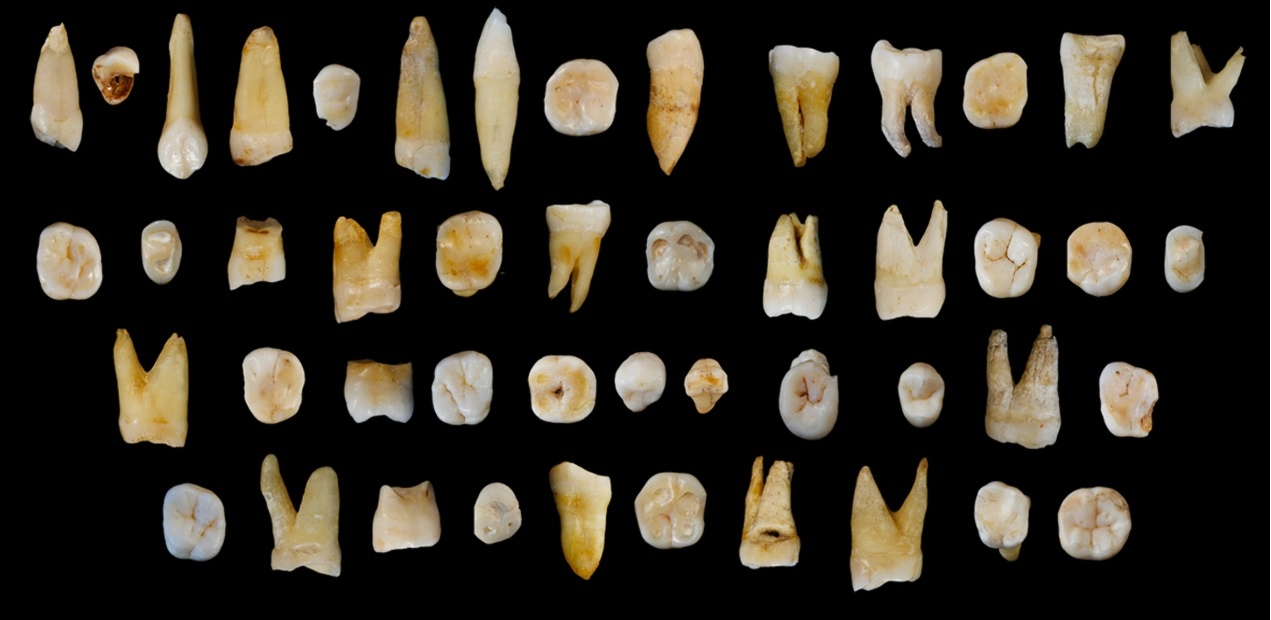
DAOXIAN COUNTY, CHINA—Scientists Maria Martinón-Torres of University College London, and Wu Liu and Xie-jie Wu of the Institute of Vertebrate Paleontology and Paleoanthropology in Beijing, analyzed 47 modern human teeth recovered from Fuyan Cave in southern China. According to a report in Live Science, the teeth, found among the bones of hyenas, extinct giant pandas, and other animals, are between 80,000 and 120,000 years old. The age of the teeth was determined by dating calcite deposits in the limestone cave. It had been thought that modern humans migrated out of Africa only 50,000 to 60,000 years ago, and that any traces of older human remains outside of Africa were evidence of failed migration attempts. According to comments by Robin Dennell of the University of Exeter, modern humans may have preferred southern Asia’s warmer climate, or as Martinón-Torres suggests, they may have avoided Neanderthal-occupied Europe. No tools were found in the cave, however, which suggests that the human remains had been taken to the cave by predators. “What is especially needed now is archaeological evidence (sadly lacking in Fuyan Cave) to indicate whether the initial dispersal of our species was caused or facilitated by cognitive developments (such as symbolism or complex exchange systems), or was simply an example of opportunistic range extension,” Dennell added. For more, go to "Earliest Modern Human Hand Bone."


